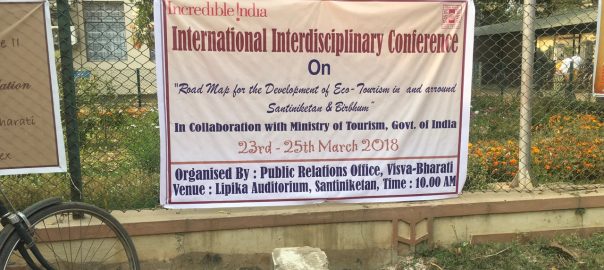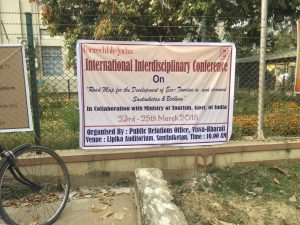I've been giving some lectures in the Biodiversity and Conservation course at Visva Bharati. So far, I've introduced students to arctic and forest ecology in Canada, and yesterday, I gave my first ever lecture on ecotourism, which is a topic in the course.
Broadly speaking, ecotourism is the kind of tourism where people seek out nature, wildlife and culture in less disturbed, often more isolated places, that are not the usual mass tourism destinations. Ecotourism is framed by the principles of sustainability: environment, ethics and economics. I haven't previously done any research into ecotourism, but I think that this is also about to change. I'm interested in the extent to which ecotourism practices may be able to drag mass tourism to more sustainable practices.
However, when I am a resident botanist for Adventure Canada, I am a practitioner of Ecotourism. I guide people on their expensive trips to to the arctic, and teach them about arctic plants. My work with Adventure Canada has given me a chance to do more science communication. It has been a fascinating opportunity for me to do public science which includes outreach and engagement in a novel environment, on board a cruise ship.
In our class discussion, I explained to the students, that visiting the Taj Mahal wasn't on the top of my essential places to visit in India. That distinction belongs to the Sunderbans. The 2nd week that I arrived back in early January, we went to the Sunderbans Tiger Camp, which is an Ecotourism destination, for 2 days. While in the Sunderbans, I learned that there is also a lot of mass tourism happening, and it's taking a toll on the environment in the form of garbage and noise disturbance.
Here are my Instagram posts from the Sunderbans. While at Visva Bharati, I've been thinking a lot about the relationship between ecology, sustainability and ecotourism, and I'm ready to delve into it in a more academic way, by attending the upcoming international conference on how to develop Ecotourism in Santiniketan.



